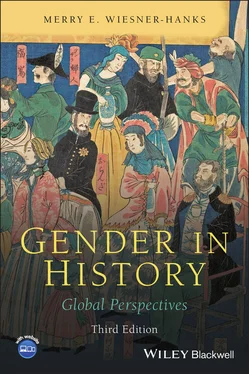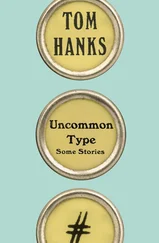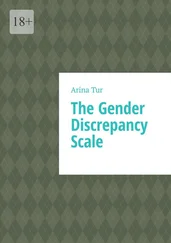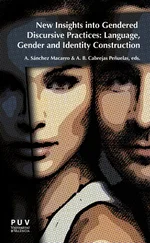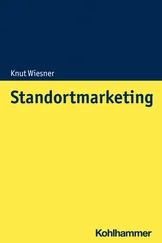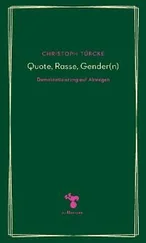Like women’s and gender history, world and global history have had their own debates and controversies about conceptualizations, inclusion, and scope. Courses often began as ones on various “civilizations” around the world considered separately, which tended to promote a binary model of “the West and the rest,” with an overemphasis on the West that in the 1980s came to be labeled “Eurocentrism.” Gradually many of those teaching world history rejected that model in favor of one that emphasized connections, interactions, and multipronged comparisons. Today world historians tend to de-emphasize individual nations or civilizations, and focus instead on regions defined differently, including zones of interaction, or on the ways in which people, goods, and ideas moved across regions through migration, conquest, and trade. Most world historians think that history should be studied on a range of chronological and spatial scales, including, but not limited to, very large ones.
Until about 2000, there was little connection between the history of women, gender, and sexuality and world/global history. In part this was because both of these fields developed at the same time as revisionist interpretations arguing that the standard story needed to be made broader and much more complex. Each disrupted a topic that was seen as the natural and proper focus of historical scholarship: heterosexual man on the one hand, and the nation on the other. Thus both have been viewed by those hostile or uninterested as “having an agenda.” Both concentrated on their own lines of revision, so did not pay much attention to what is going on in the other. In addition, world/global history tended to focus on large-scale political and economic processes carried out by governments and commercial elites. Most of the people involved were men, but how gender shaped their experience was not evaluated, as the emphasis was on material rather than cultural factors: ships, guns, trade goods, factories, railroads, satellites. Women’s history also initially had a strong materialist wing, with many studies of work and political movements, but over the past several decades it has paid more attention to cultural issues, representation, and meaning, which has also characterized the history of sexuality. Historians of women, gender, and sexuality have tended to have a narrower range of focus, choosing to study individuals, families, circles of friends, and other small groups, and have been worried that these would get lost in narratives that emphasize impersonal processes. Their analyses have generally stayed within one nation, and many within one region or city.
This lack of intersection is beginning to change, however, which is what makes this book possible. It is based on hundreds of articles and books that focus on gender and related topics in different parts of the world, and increasing numbers that make comparisons, evaluate exchange and interaction, study borderlands and migration, and otherwise incorporate theory and methods that also characterize world/global history. There was very little of this when I published the first edition of this book 20 years ago, but the amount of scholarship that is both gendered and global grows steadily. This scholarship is based on new research, and also on reevaluating older research with an eye to assumptions about gender that are incorrect or misleading. For example, the Supreme Being in the Maa language of the Maasai and other groups in East Africa is known as Enkai , a feminine singular noun, and envisioned as a woman. Christian missionaries and European colonial officials generally referred to Enkai instead as “he” when writing in English, as this fit with Christian understandings of what Supreme Beings should be. Doing comparative or world history often means relying on translations – there is simply no way to know all the languages of even a part of the world – but translation always involves choice, and in this case the choice was wrong. So newer scholarship about the Maasai, and about encounters between the Maasai and Europeans, corrects Enkai’s gender. Feminist world historians emphasize the importance of finding translations and using secondary studies that are more accurate and thus culturally sensitive, especially for things as central as gender (or Supreme Beings).
Before delving into what the new scholarship on gender in world history reveals, it is valuable to look at some of the key issues that gender historians have wrestled with in more detail. These have shaped the path historians and scholars in other fields have taken as they approach the past.
Gender, Sex, and Sexuality
Just at the point that historians and their students were gradually beginning to see the distinction between sex and gender (and an increasing number accepting the importance of gender as a category of analysis), that distinction became contested. Not only were there great debates about where the line should be drawn – were women “biologically” more peaceful and men “biologically” more skillful at math, or were such tendencies the result solely of their upbringing? – but some scholars wondered whether social gender and biological sex are so interrelated that any distinction between the two is meaningless.
For example, although most people are born with external genitalia through which they are categorized “male” or “female” at birth, some are not. Their external genitalia may be ambiguous, a condition now generally termed “intersex,” though earlier termed “hermaphroditism.” Closer physical examination may also reveal internal sexual and reproductive anatomy that do match those usually defined as “male” or “female.” In earlier times most intersex people were simply assigned to the sex they most closely resembled, with their condition only becoming a matter of historical record if they came to the attention of religious, medical, or legal authorities. Since the nineteenth century this gender assignment was sometimes reinforced by surgical procedures modifying or removing the body parts that did not fit with the chosen gender. Thus in these cases “gender” determined “sex” rather than the other way around.
Because the physical body could be ambiguous, scientists began to stress the importance of other indicators of sex difference. By the 1970s chromosomes were the favored marker, and quickly became part of popular as well as scientific understandings. In 1972, for example, the International Olympic Committee determined that simply “looking like” a woman was not enough, but that athletes would have to prove their “femaleness” through a chromosome test; an individual with certain types of chromosomal abnormalities would be judged “male” even if that person had been regarded as “female” since birth, and had breasts and a vagina but no penis. The problem with chromosomes is that they are also not perfectly dichotomous, but may involve ambiguous intermediate categories, so that more recently the source of sex differences has also been sought in prenatal hormones, including androgen and testosterone. Tests came to evaluate all of these factors: in 2009, the International Association of Athletics Federations required South African middle-distance runner Caster Semenya to undergo an examination of her external genitals, internal reproductive organs (through ultrasound), chromosomes, and hormones before it would allow her to compete as female.
Given the uncertainties in most “biological” markers, the intensity of the search for an infallible marker of sex difference suggests that cultural norms about gender (that everyone should be a man or a woman) are influencing science. Preexisting ideas about gender shape many other scientific fields as well; the uniting of sperm and egg, for example, was long described as the “vigorous, powerful” sperm “defeating all others” and attaching itself to a “passive, receptive” egg. (The egg is now known to be active in this process.)
Читать дальше
